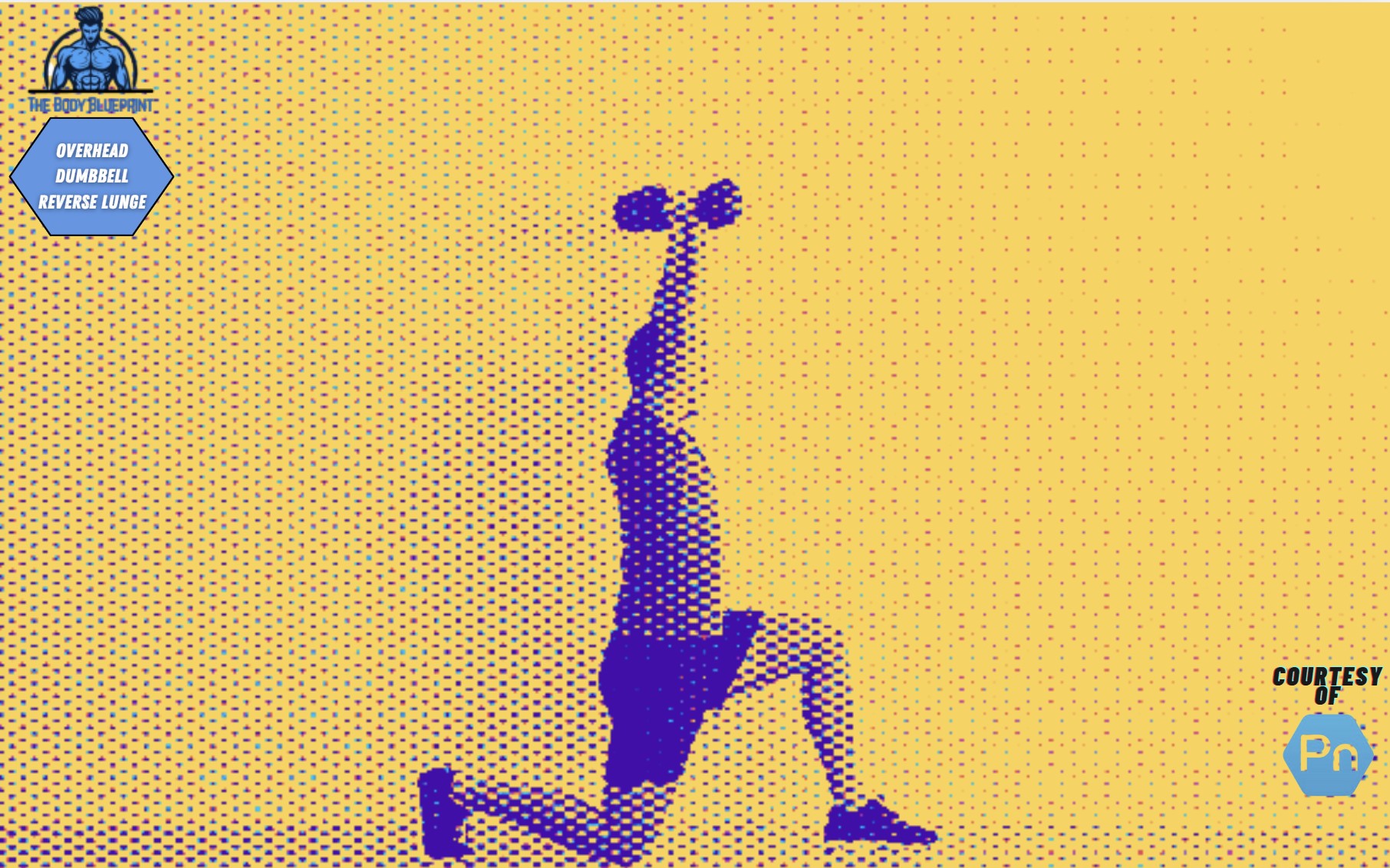Looking to level up your leg day? Reverse lunges with overhead dumbbells are the real deal for building strength, stability, and balance. Not only do they target your legs, but the overhead position ignites your shoulders, core, and focus like nothing else. Let’s dive into the how, why, and everything in between to master this powerhouse move.
What Are Reverse Lunges with Overhead Dumbbells?
Reverse lunges with overhead dumbbells combine a traditional lunge with the added challenge of holding weights overhead. This hybrid move tests your lower body strength, upper body stability, and core control all at once.
Why They’re Worth Your Time:
- Total-Body Engagement: Legs, glutes, core, shoulders—you’re working it all.
- Improved Stability: Balancing with weights overhead sharpens proprioception and coordination.
- Functional Strength: Mimics real-life movements, making you stronger for everyday tasks or sports.
Performing Reverse Lunges with Overhead Dumbbells (Step-by-Step)
Mastering the form is key. Here’s how to crush it:
- Set Up:
- Grab two dumbbells and press them overhead until your arms are fully extended.
- Keep your core tight and shoulders pulled down and back.
- The Lunge:
- Step one leg back, lowering into a lunge until your front knee is at 90 degrees.
- Your back knee should hover just above the floor.
- Hold and Return:
- Pause briefly at the bottom, then press through your front heel to return to the start.
- Alternate legs for each rep.
Pro Tips for Perfect Form:
- Keep your gaze forward to help with balance.
- Avoid arching your lower back—engage your abs to stabilize.
- Start with lighter weights to nail the movement before going heavy.
Muscles Worked: A Full-Body Burn
Reverse lunges with overhead dumbbells are a multitasking marvel. Here’s what’s getting stronger:
| Primary Muscles | Secondary Muscles |
|---|---|
| Quadriceps | Hamstrings |
| Glutes | Calves |
| Deltoids (shoulders) | Trapezius |
| Core (abs and obliques) | Lower back |
Benefits of Reverse Lunges with Overhead Dumbbells
This move isn’t just about looking good (though that’s a nice perk). It’s about building functional strength and durability.
- Enhanced Core Stability: Holding weights overhead forces your core to work overtime to keep you upright.
- Better Balance and Coordination: Perfect for athletes or anyone looking to avoid wobbly moments.
- Increased Shoulder Strength: Your delts and traps get a workout just holding the weights steady.
- Joint-Friendly: The reverse lunge is gentler on knees compared to forward lunges.
Common Mistakes (And How to Fix Them)
Let’s nip bad habits in the bud.
- Arching Your Back:
- Fix: Tighten your abs and keep your ribs tucked.
- Rushing Through Reps:
- Fix: Slow it down. Controlled movements are key to strength and stability.
- Letting Knees Cave In:
- Fix: Focus on pushing your front knee outward to keep it aligned with your toes.
- Dropping the Dumbbells Forward:
- Fix: Keep your biceps in line with your ears, and don’t let the weights drift forward.
Variations to Keep It Fresh
Boredom is the enemy of gains. Switch things up with these variations:
- Single Dumbbell Reverse Lunge: Hold one dumbbell overhead for an asymmetrical challenge.
- Alternating Dumbbell Lunge Press: Combine the lunge with an overhead press at the bottom.
- Walking Reverse Lunges: Take your lunges on the move, keeping the weights overhead.
- Barbell Reverse Lunge: Trade dumbbells for a barbell for a different feel.
Programming Tips: How to Add It to Your Routine
Reverse lunges with overhead dumbbells work best as part of your leg or full-body day.
Beginner:
- 3 sets of 8 reps per leg, light dumbbells.
Intermediate:
- 4 sets of 10 reps per leg, moderate weight.
Advanced:
- 5 sets of 12 reps per leg, heavy weight.
Frequently Asked Questions
Can I Do Reverse Lunges Without Dumbbells?
Absolutely. Start with bodyweight to get the hang of the movement. Once you’re confident, add dumbbells for a greater challenge.
What’s the Best Weight to Use?
Pick a weight that challenges you but allows you to maintain proper form. If you’re wobbling like a newborn giraffe, go lighter.
Are Reverse Lunges Better Than Forward Lunges?
Depends on your goals. Reverse lunges are generally easier on the knees and better for balance training, while forward lunges hit your quads harder.
Final Thoughts
Reverse lunges with overhead dumbbells aren’t just another exercise—they’re a game-changer. Whether you’re chasing aesthetics, strength, or better balance, this move delivers. So grab those dumbbells, square your shoulders, and lunge your way to greatness.

